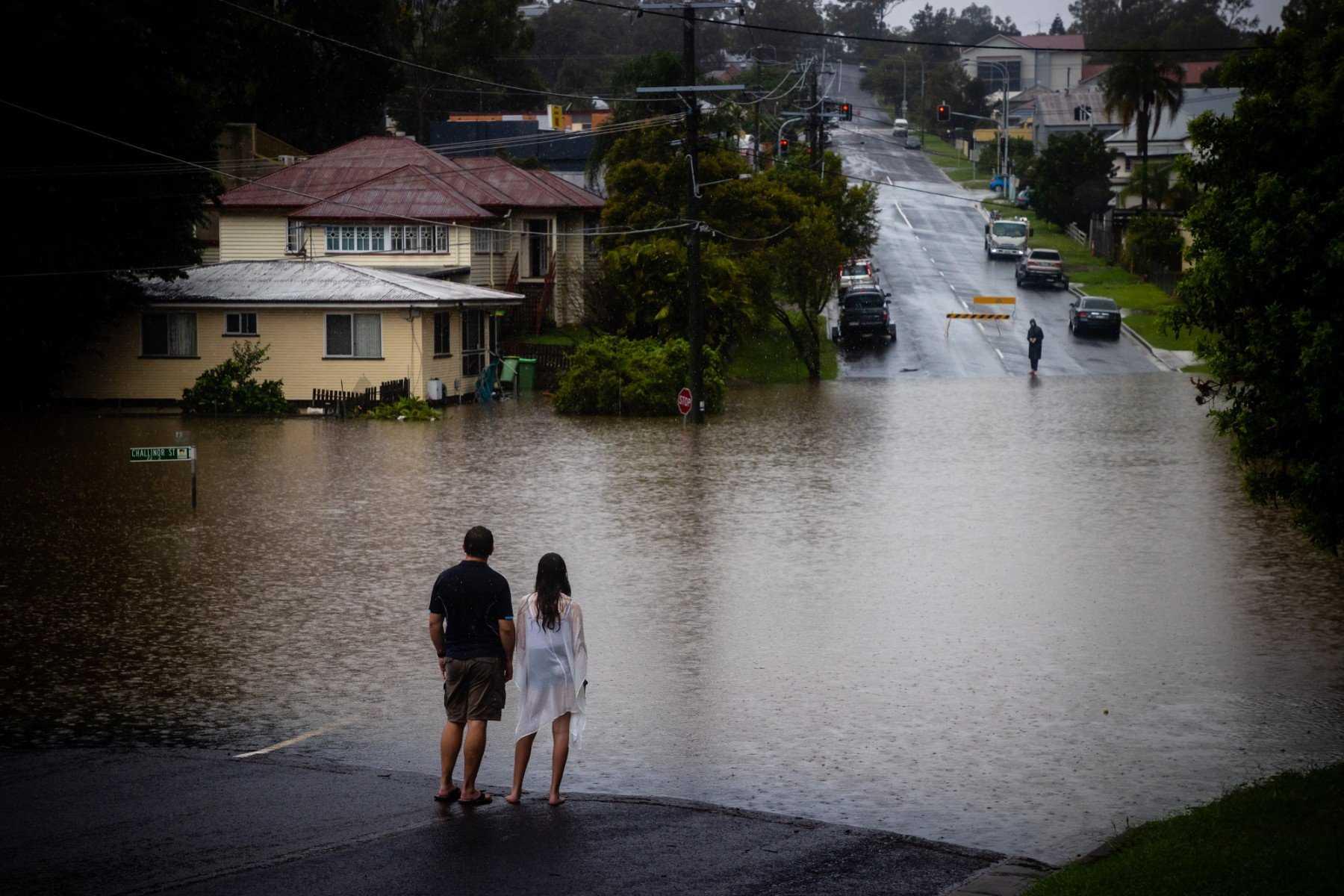Sydney residents assess flood damage as wild weather eases
Water levels in Hawkesbury River in Sydney's west began to recede bringing relief to residents in Windsor, one of the worst-hit suburbs.
Heavy rain that pummelled Sydney over the last five days eased on Thursday as flood-weary residents looked to return to homes to take stock of the damage, some for the third time this year.
An intense low-pressure system formed off Australia's east coast over the weekend has weakened, satellite images showed, but major flooding could continue for several days with rivers and dams already at full capacity even before the latest storm.
Water levels in Hawkesbury River in Sydney's west began to recede bringing relief to residents in Windsor, one of the worst-hit suburbs. But heavy rain triggered flash floods in the mid-north coast of New South Wales forcing nighttime evacuations.
"We're in a mixed response at the moment of returning communities to their homes, but still responding to the evolving threat up in the mid-north coast... and central coast (of New South Wales)," state emergency services Deputy Commissioner Ashley Sullivan told ABC television. "So we've got a number of flood rescues ongoing at the moment."
About 60,000 residents in New South Wales have been told to either evacuate or that they might receive evacuation orders, down from Wednesday's 85,000. More than 30,000 have been allowed to go back into homes to assess damage, authorities said.
Several regions have seen rainfall records for July broken because of the relentless downpour, with some places getting more than the annual average since Saturday.
The frequent floods have raised questions about how prepared Australia is for severe weather events.
Federal Treasurer Jim Chalmers has directed the treasury to model the impact of climate change on the Australian economy, re-starting work abandoned for almost a decade by the previous conservative governments, the Sydney Morning Herald newspaper reported.
Australia's east coast weather has been dominated by the La Nina climate pattern, typically associated with greater rainfall, for the second consecutive year. Though it ended in June, weather officials said there is a 50-50 chance it may return this year.
Subscribe to our newsletter
To be updated with all the latest news and analyses daily.
